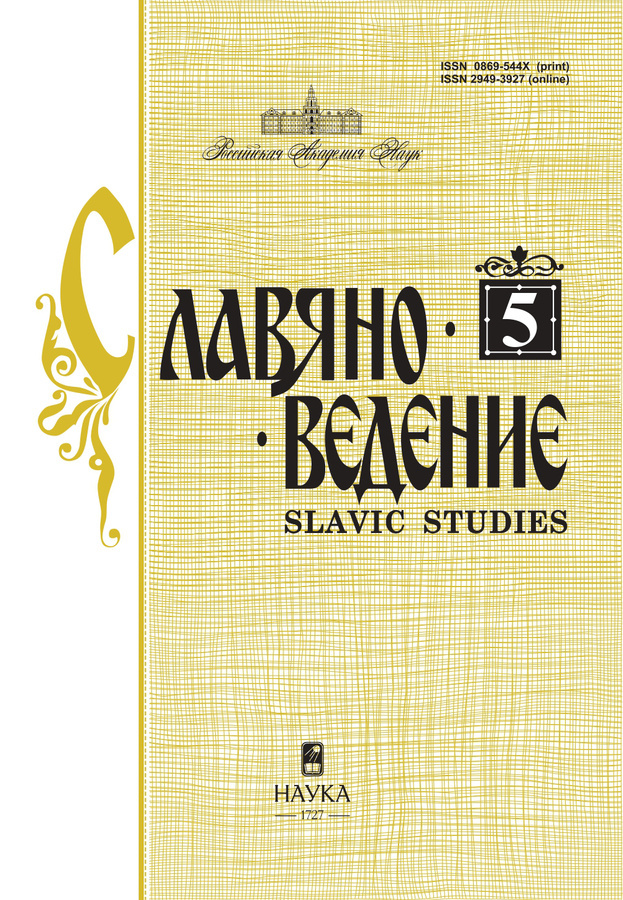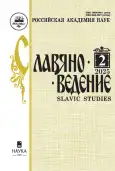The Poppy Seed Motif in Slavic Incantations
- Authors: Agapkina T.A.1
-
Affiliations:
- Institute of Slavic Studies of Russian Academy of Sciences
- Issue: No 2 (2025)
- Pages: 91-98
- Section: К юбилею Ирины Александровны Седаковой
- URL: https://gynecology.orscience.ru/0869-544X/article/view/680825
- DOI: https://doi.org/10.31857/S0869544X25020087
- EDN: https://elibrary.ru/IYJTPF
- ID: 680825
Cite item
Abstract
The present article is devoted to the similarities between the Balkan-Slavic and East Slavic incantations, namely the poppy seed motif present in these traditions. East Slavic parallels to the corresponding Serbian motif are found mainly along the line form south-west to north-east: in the Carpathians (among the Rusyns, in Pokutye), in Podolia and central Ukraine, as well as in the Pripyat–Dnieper interfluve and in the north-east Belarus. There are three versions of this motif – «to be / to become smaller than a poppy seed», «to disperse / to break into poppy seeds» and «to roll out of somebody of like a poppy seed». Each versions has semantic and pragmatic parallels in traditional culture beyond the boundaries of this incantations’ motif and is recorded in separate areas within the territory of Eastern Slavia outlined above.
Keywords
Full Text
About the authors
Tatiana A. Agapkina
Institute of Slavic Studies of Russian Academy of Sciences
Author for correspondence.
Email: agapi-t@yandex.ru
ORCID iD: 0000-0001-8098-7471
DSc. (Philology), Chief Research Fellow
Russian Federation, MoscowReferences
- Agapkina T.A. Vostochnoslavianskije lechebnyje zagovory v sravnitel’nom osveshchenii: Siuzhetika i obraz mira, Moscow, Indrik Publ., 2010, 824 p. (In Russ.)
- Agapkina T.A. Karpato-iuzhnoslavianskije paralleli v oblasti verbal’noi magii i ikh prodolzhenije u vostochnykh slavian. Slavianovedenije. 2016, no. 6, pp. 3–13. (In Russ.)
- Dimkova G. Bŭlgarskite baianiia v nizhodiasht i vŭzhodiasht red. Liuboslovie, Shumen, 1997, pp. 97–112. (In Bulg.)
- Valodzina T. Niametskiia lekavyia zamovy: grupy, matyvy, belaruskiia paralleli, Minsk, Belaruskaia navuka Publ., 2023, 344 p. (In Belorus.)
Supplementary files









